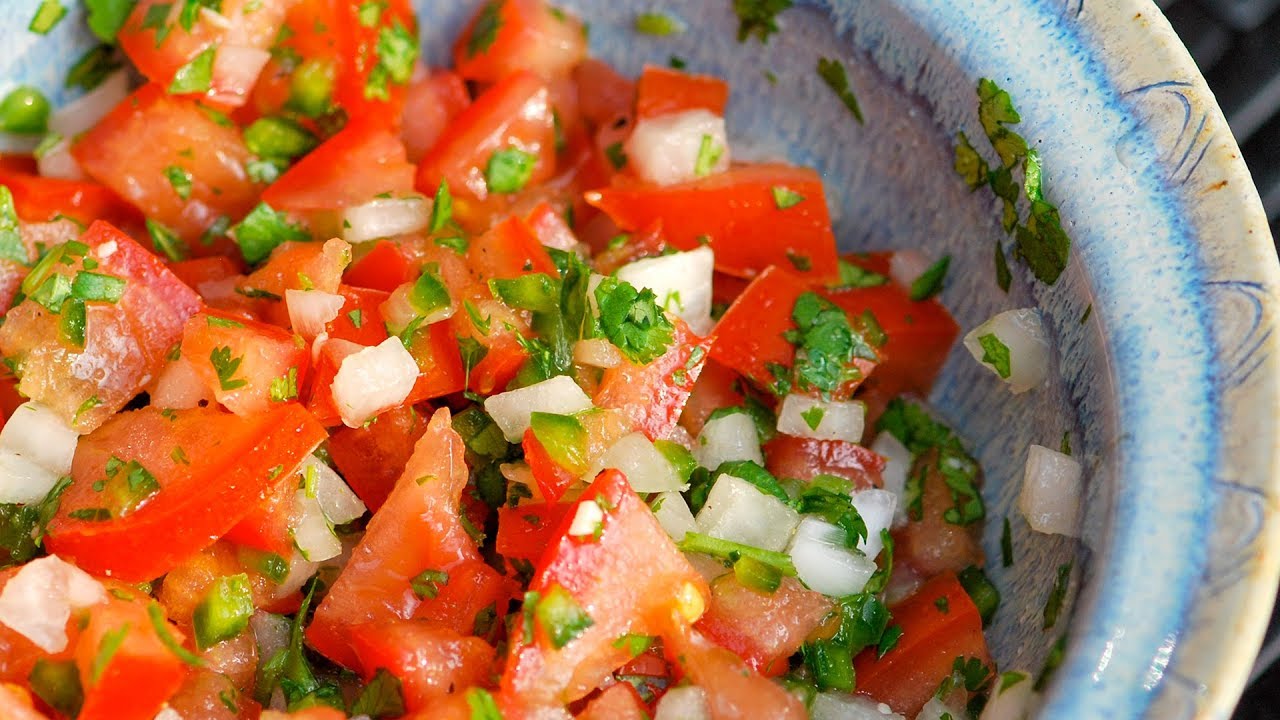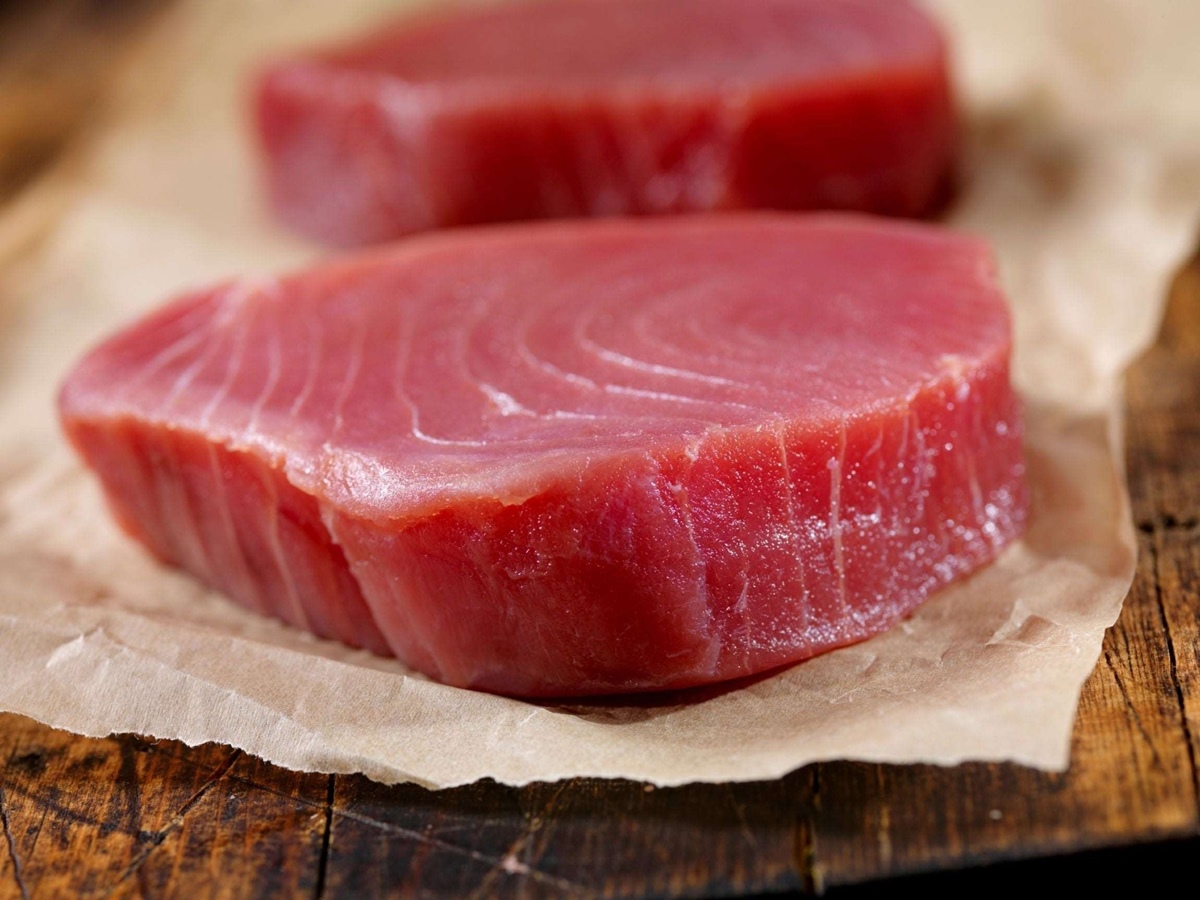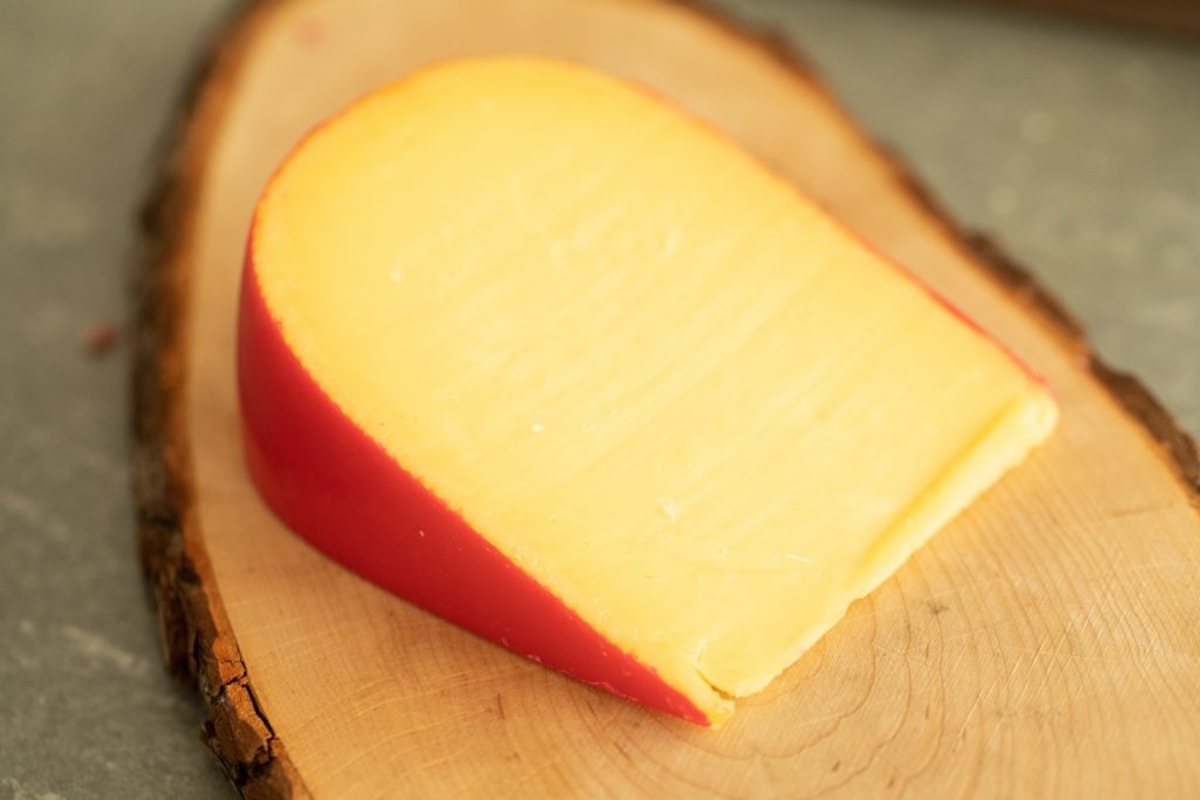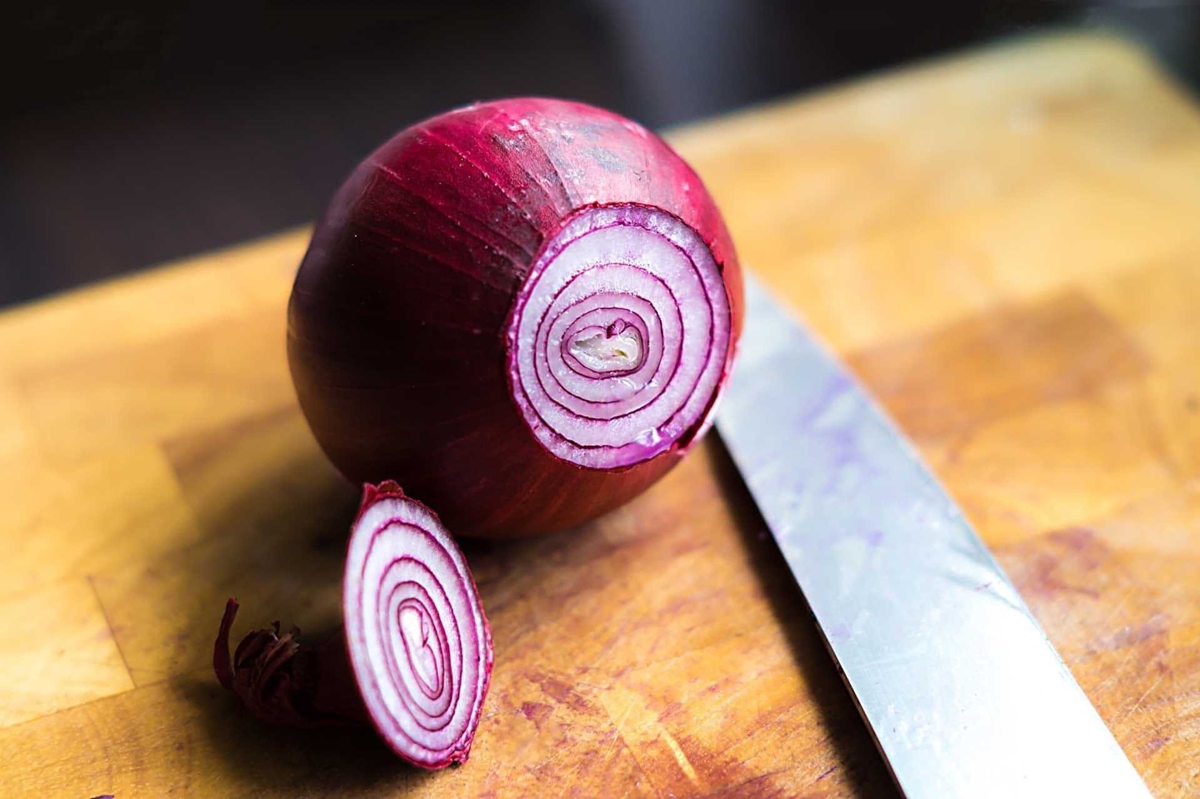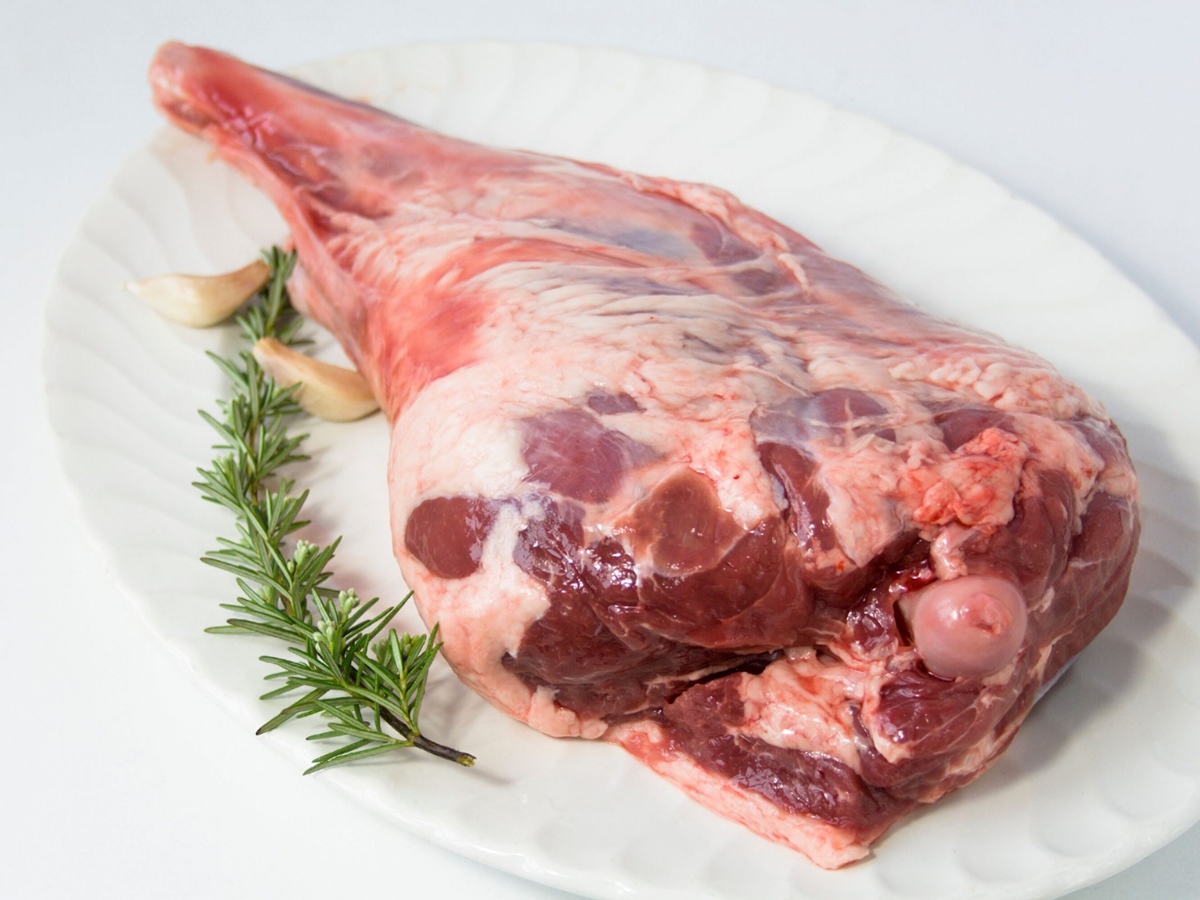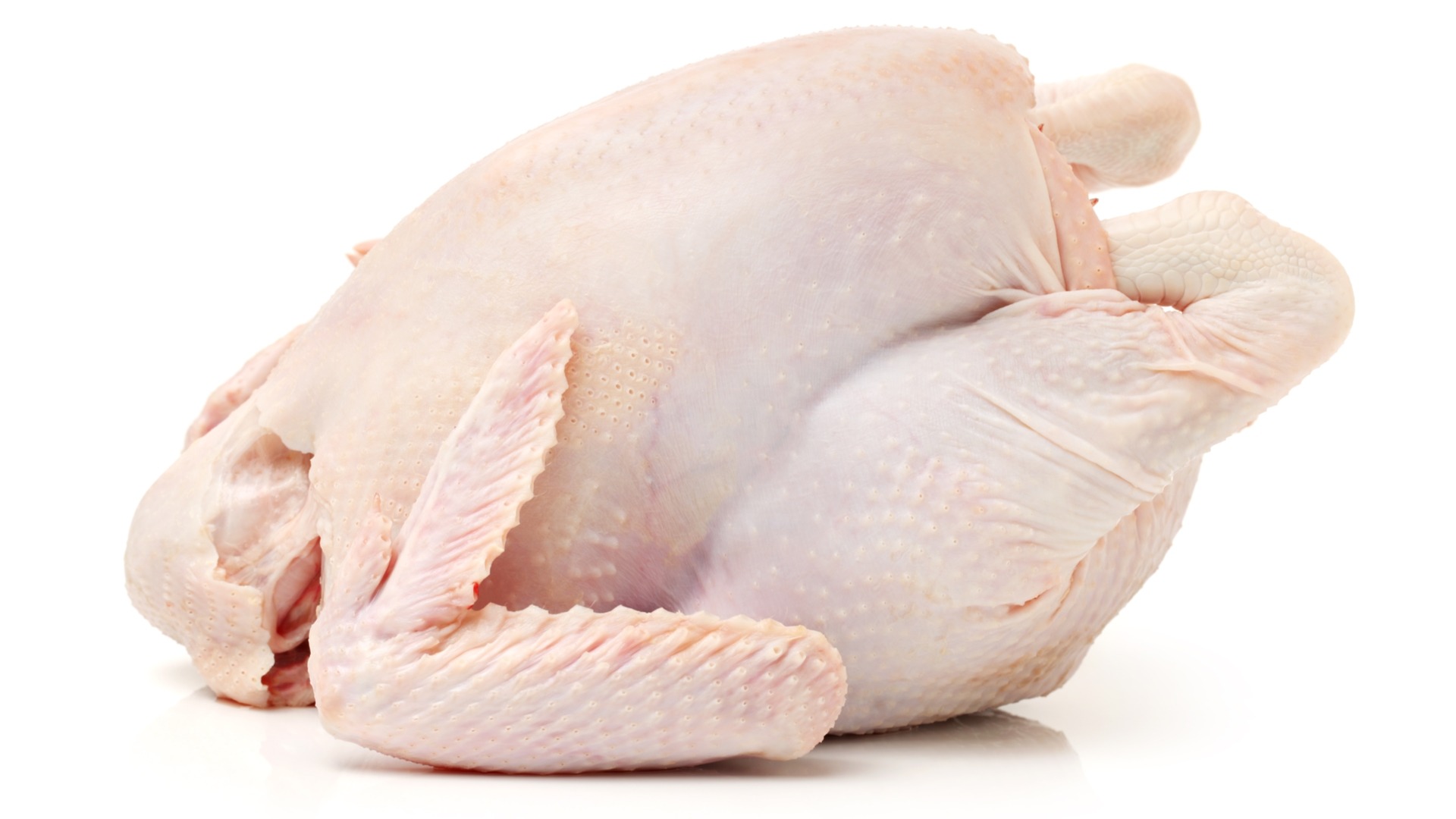How To Cut Eggplant For Eggplant Parmesan
Eggplant Parmesan is a classic Italian dish that features beautifully sliced eggplant layered with sauce and cheese. One of the crucial steps in preparing this mouthwatering recipe is properly cutting the eggplant. In this article, we will guide you through the process of cutting eggplants for Eggplant Parmesan, ensuring that you achieve perfect slices every time.
Choose the Right Eggplant
Before diving into the cutting process, it’s essential to select the right eggplant for your Eggplant Parmesan. Look for eggplants that are firm, glossy, and have a vibrant purple color. Avoid any eggplants that have bruises, soft spots, or a dull appearance.
Gather Your Tools
To successfully slice the eggplant, you will need a few essential tools. Make sure you have a sharp knife, a cutting board, and a vegetable peeler handy. A mandoline slicer can also be a great addition if you want uniformly thin eggplant slices.
Wash and Peel
Start by washing the eggplant under cold running water to remove any dirt or residue. Next, use a vegetable peeler to remove the outer skin. This step is optional and depends on personal preference and the texture you desire for your Eggplant Parmesan.
How to Slice
Now comes the crucial part – slicing the eggplant for your Eggplant Parmesan. Here are two methods you can try:
1. Hand-Slicing Method
- Start by cutting off the top and bottom of the eggplant to create stable surfaces.
- Stand the eggplant upright on one of its newly trimmed ends.
- Carefully slice the eggplant crosswise into even slices, about 1/4 inch thick.
- Repeat until you have sliced the entire eggplant.
2. Mandoline Slicer Method
- Set up your mandoline slicer according to the manufacturer’s instructions.
- Place the eggplant on the mandoline and securely hold it with the food holder.
- Glide the eggplant across the blade, creating consistent slices.
- Repeat until you have sliced the entire eggplant.
Tips for Perfect Slices
To ensure you get perfectly sliced eggplant for your Eggplant Parmesan, keep the following tips in mind:
- Use a sharp knife or a mandoline slicer for clean and even slices.
- Take your time and slice slowly, especially if using a knife.
- Aim for slices that are about 1/4 inch thick for optimal texture.
- Don’t discard the end pieces; you can chop them up and use them in other recipes or save them for vegetable stocks.
Now that you know how to cut eggplant for Eggplant Parmesan, you are well on your way to creating a delicious and visually appealing dish. Remember, practice makes perfect, so keep honing your slicing skills, and soon you’ll be serving up Eggplant Parmesan like a pro. Enjoy!
More Delicious Eggplant Recipes to Try
Mastering the art of slicing eggplant for Eggplant Parmesan can open new doors in your culinary adventures. Try incorporating your newfound skills into a variety of dishes to fully appreciate the versatility of eggplant. For a classic dish, the Classic Eggplant Parmesan Recipe is a must-try. Its traditional layers and flavors make it a perfect practice ground for your slicing technique. If you're leaning towards a plant-based option, the Vegan Eggplant Parmesan offers a delightful twist on the original, using dairy-free alternatives. For those seeking something unique, the Eggplant Parmesan Stacks provide a creative and visually appealing way to enjoy this vegetable. Each recipe utilizes eggplant in distinct ways, showcasing how a simple change in preparation can lead to an entirely new flavor profile.



